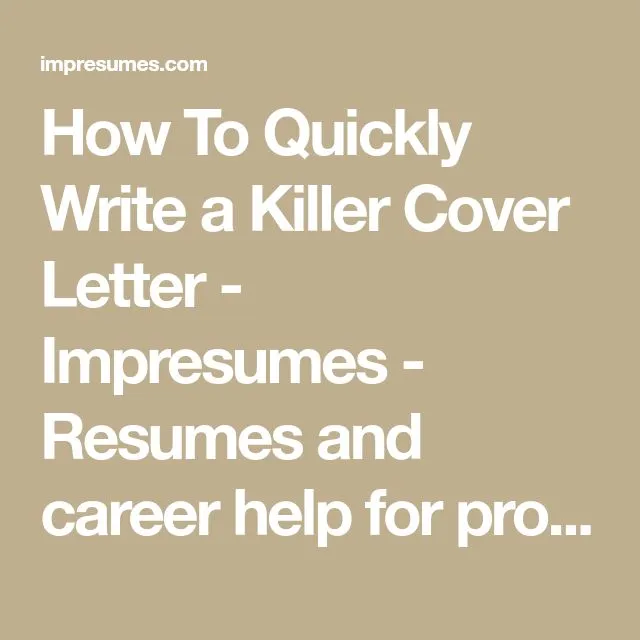What is a Kickass Cover Letter
A kickass cover letter is more than just a formality; it’s your first impression on paper and a powerful tool to showcase your potential and personality to a prospective employer. It’s your opportunity to tell your story, highlight your relevant skills and experience, and explain why you’re the perfect fit for the job. It goes beyond simply restating your resume; it adds context, demonstrates your enthusiasm, and provides a compelling narrative that convinces the hiring manager to invite you for an interview. A well-crafted cover letter sets you apart from other candidates, making you memorable and increasing your chances of landing your dream job. A cover letter gives you a chance to provide that personal touch that a resume cannot.
Key Components of a Kickass Cover Letter
A kickass cover letter is structured strategically to grab the reader’s attention and keep them engaged. It follows a logical flow, with each section serving a specific purpose in building your case for the job. From the header and greeting to the closing and call to action, every element must be meticulously crafted to make a positive impact. Your cover letter should be clear, concise, and focused on what you can bring to the company. When you get it right, you can get the reader’s attention from the beginning. Remember that a well-structured cover letter demonstrates professionalism, attention to detail, and a clear understanding of effective communication.
Header and Contact Information
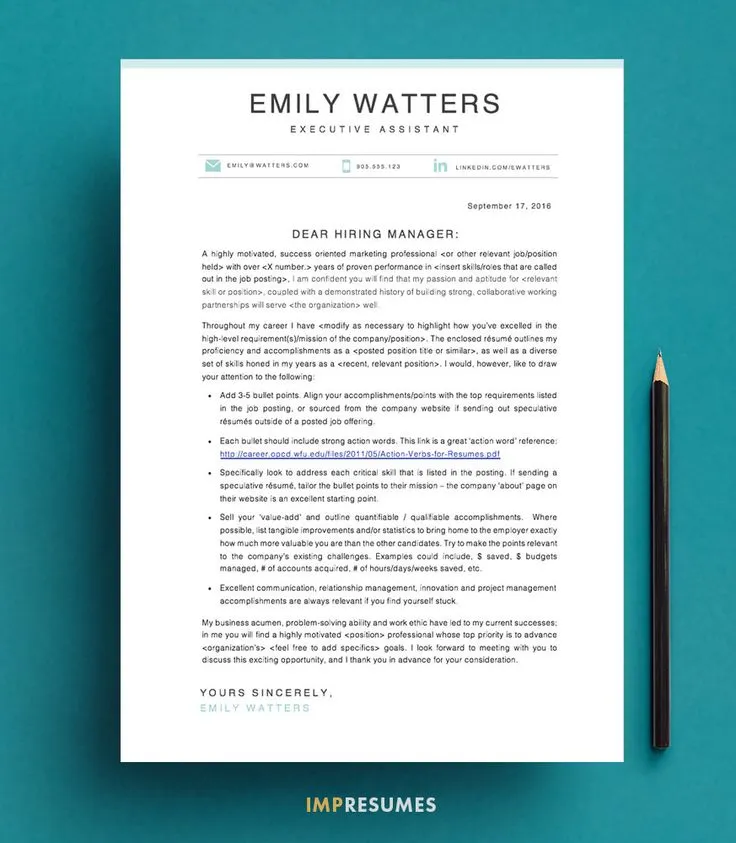
Start with a professional header that includes your name, contact information (phone number, email address, and LinkedIn profile URL), and the date. Make sure the header is clean, easy to read, and consistent with the format of your resume. This section is not just about providing contact details; it is about presenting a professional image and making it easy for the recruiter to reach you. Verify your email address is professional and that your LinkedIn profile is up to date and complete. A well-formatted header shows attention to detail, a critical skill in any professional setting. Include your name, address, phone number, and email address.
Professional Greeting
Address the hiring manager directly by name if possible. Research the company and find out who will be reviewing your application. If you are unable to find a name, a professional greeting such as “Dear Hiring Manager” is acceptable. Avoid generic greetings such as “To Whom It May Concern,” as they show a lack of effort. Addressing your cover letter to a specific person immediately personalizes the communication and shows that you took the time to research the company and understand their needs. This can set you apart from other applicants who may not put in as much effort.
Opening Paragraph Crafting
Your opening paragraph is the first impression you make on the hiring manager. Make it count. Start with a strong hook that grabs their attention, such as an accomplishment that directly relates to the job requirements or a concise statement of your interest. State the position you are applying for and how you found the job posting. Avoid generic opening lines; instead, tailor it to the specific company and role. The goal is to make the reader want to continue reading. Immediately convey your excitement and your understanding of the company’s needs. Use a hook to capture the reader’s attention.
Highlighting Your Value Proposition
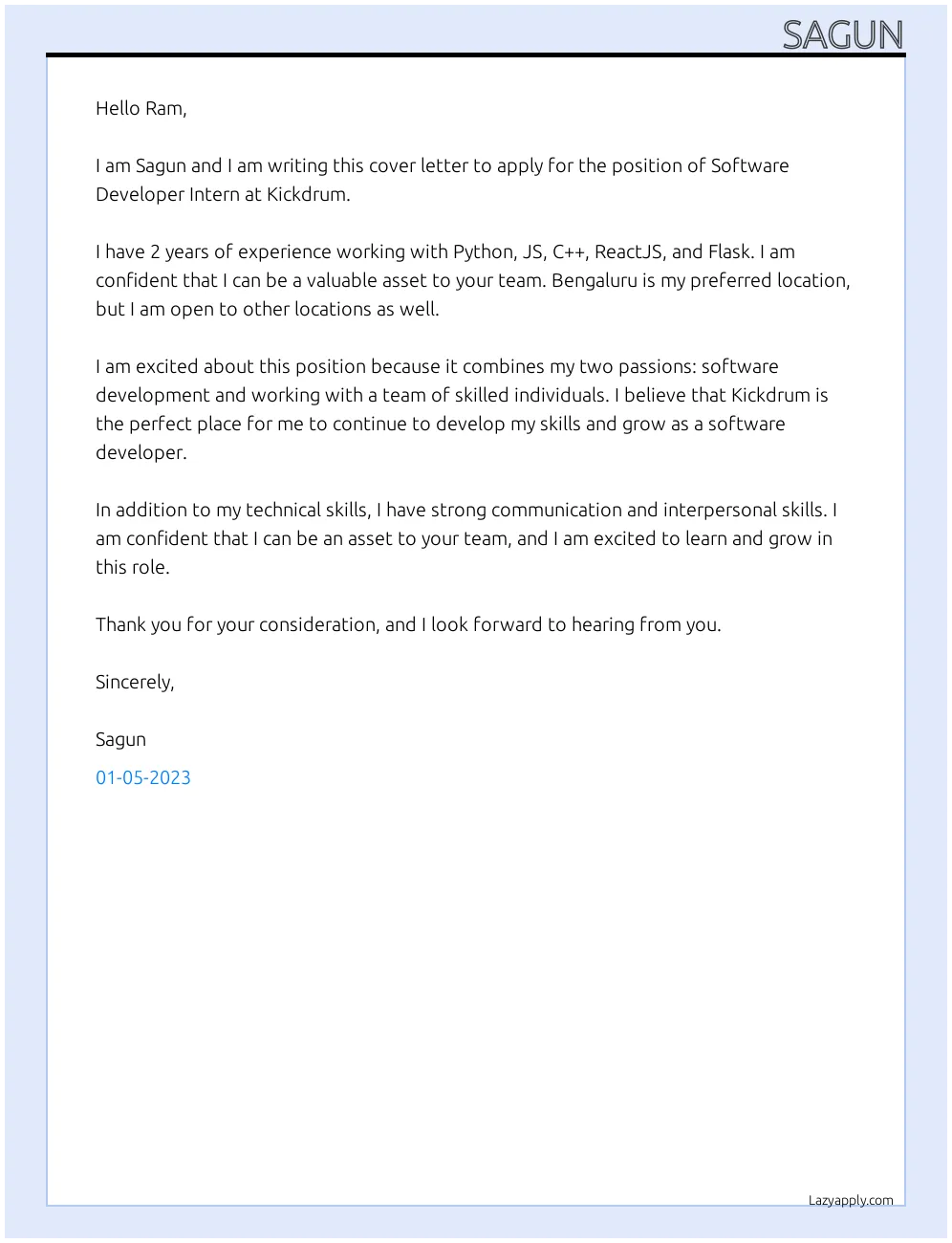
This is where you showcase your value. Focus on what you can offer the company, not just what you’ve done. Highlight your skills and experiences that align with the job description, emphasizing the key requirements mentioned in the posting. Provide specific examples of how you’ve successfully used these skills in the past. Tailor this section to each job application, ensuring that the information is relevant to the company’s needs. Remember that you are selling yourself, so make sure that every statement is supported by evidence. Always show, do not tell. This section allows you to provide an example of your capabilities.
Skills and Accomplishments
Provide specific examples of your accomplishments and the skills you have used. Quantify your achievements whenever possible to demonstrate the impact of your work. This section should include details about relevant experience, such as projects, roles, and responsibilities, and how they contributed to the company’s success. Use action verbs to describe your actions and results. Your goal here is to show what you are capable of. Show the hiring manager the impact of your work and how you can deliver results in the new position. This is your opportunity to highlight your biggest achievements.
Quantifiable Achievements
Quantifying your achievements with numbers or percentages is incredibly powerful. Instead of saying “Improved customer satisfaction,” say “Increased customer satisfaction by 20% through implementing a new feedback system.” Quantifiable results make your achievements more concrete and demonstrate the tangible value you brought to previous roles. Use numbers to showcase the impact of your work, like how you increased sales, reduced costs, or improved efficiency. Quantifiable achievements are what hiring managers remember. Using data adds credibility.
Tailoring Your Letter
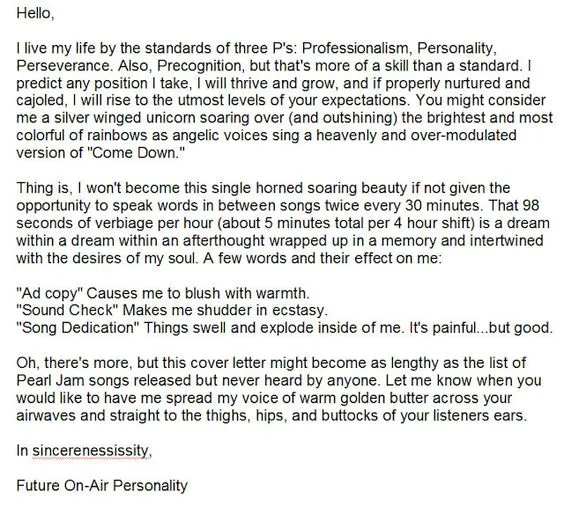
Customize each cover letter to match the specific job description and the company’s values. Read the job posting carefully and identify the key skills, experiences, and qualifications the employer is seeking. Research the company’s mission, culture, and recent projects to understand their needs and goals. Use this information to tailor your letter, highlighting how your skills and experiences align with the job requirements. Demonstrating this kind of effort shows the employer that you are genuinely interested in the role and the company. Generic cover letters are easy to spot, so make sure yours is relevant to the specific opportunity.
Call to Action and Closing
End with a strong call to action, expressing your enthusiasm for the opportunity and a clear indication of your next steps. State your availability for an interview and thank the hiring manager for their time and consideration. Include a polite and professional closing, such as “Sincerely” or “Best regards.” Ensure you sign off with your full name. This section leaves a lasting impression. It is the last thing the hiring manager will read, so make it count. Express your enthusiasm and your interest in the next steps.
Proofreading and Formatting
Before submitting, proofread your cover letter carefully for any grammatical errors, typos, or formatting inconsistencies. Use spell-check and grammar-check tools, but also read the letter aloud to catch any mistakes that automated tools might miss. Ensure the format is professional and easy to read, with clear headings, consistent spacing, and appropriate fonts. A polished, error-free cover letter reflects your attention to detail and professionalism. Proofreading is an important step to make sure your cover letter is the best it can be. A well-formatted and proofread cover letter presents you in the best light.
Writing a Kickass Cover Letter Examples

Cover Letter for Entry-Level Positions
For entry-level positions, focus on your transferable skills, educational background, and any relevant internships or projects. Highlight your eagerness to learn and contribute to the company. Even without extensive experience, showcase your potential, skills, and enthusiasm. Tailor the letter to the specific role and company, demonstrating how your skills and experiences align with their needs. Mention any relevant coursework or projects that demonstrate your skills, even if you haven’t had a lot of work experience. Highlight any soft skills that make you an ideal candidate.
Cover Letter for Experienced Professionals
Experienced professionals should focus on quantifiable achievements and career highlights. Provide specific examples of how you’ve succeeded in similar roles. Demonstrate how your skills and experience align with the job requirements. Highlight your achievements using numbers and data. Show how you have driven results in the past. Be concise and specific, tailoring the letter to showcase your relevant expertise and accomplishments. Demonstrate your ability to provide immediate value.
Mistakes to Avoid in Your Kickass Cover Letter
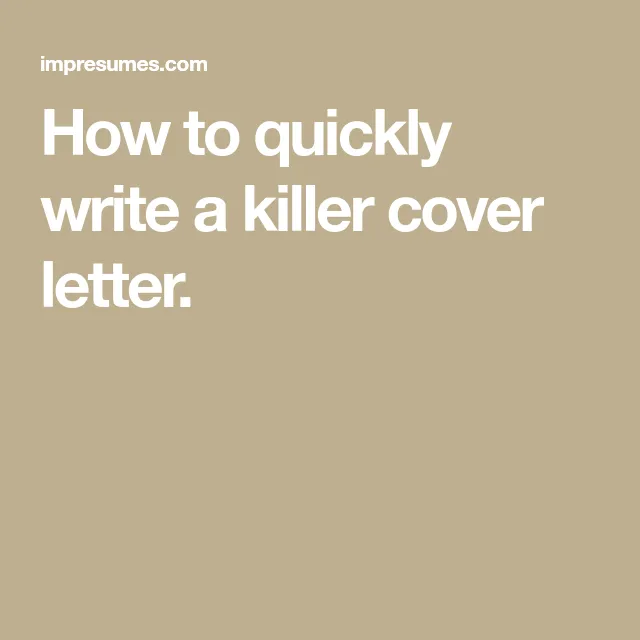
Generic Templates
Avoid using generic cover letter templates. Hiring managers can easily spot these, and they show a lack of effort and genuine interest. Take the time to customize your cover letter for each specific job. Customize each letter to show your enthusiasm. Generic templates can hurt your chances of getting the job.
Typos and Grammatical Errors
Always proofread your cover letter carefully. Typos and grammatical errors can make you look unprofessional and undermine your credibility. Ensure your cover letter is free of errors. Use spell-check and grammar-check tools, but also read it aloud. Mistakes create a bad first impression.
Lack of Enthusiasm
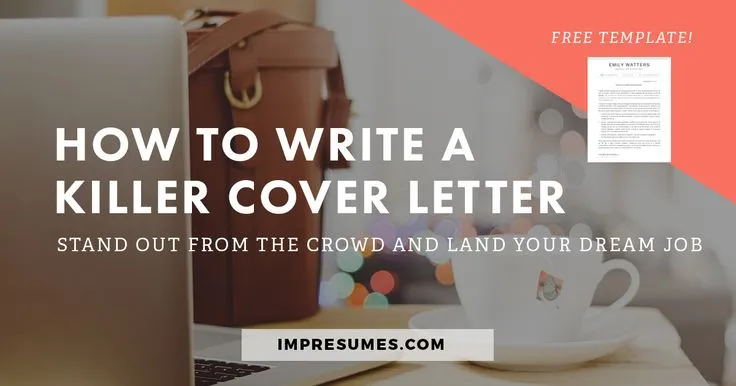
Show enthusiasm and genuine interest in the company and the position. A cover letter should be more than just a list of your skills and experience; it should tell a story about why you’re excited about this opportunity. Let your personality shine through, and be yourself. Your enthusiasm is contagious.
Why a Kickass Cover Letter Matters
A kickass cover letter is your opportunity to show the hiring manager why you are the perfect fit for the job and how your skills and experience align with the company’s needs. It is your chance to set yourself apart from other candidates, demonstrate your enthusiasm, and tell your story. With a well-crafted cover letter, you can make a strong first impression and increase your chances of landing an interview. When you are in a job search, a cover letter matters. A kickass cover letter is your secret weapon.
